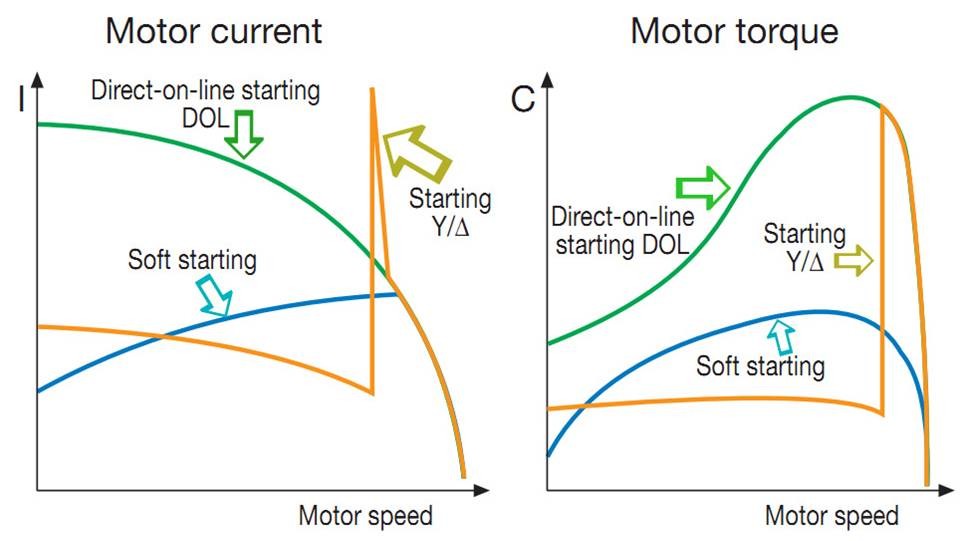Introduction:
The starting process of a permanent magnet motor plays a crucial role in its overall performance and efficiency. There are two common methods used for starting such motors: self-starting and variable frequency starting. This article aims to discuss the differences between these two starting methods and their impact on the operation of permanent magnet motors.
1. Self-starting of Permanent Magnet Motors:
Self-starting refers to the traditional method of starting a permanent magnet motor using direct-on-line (DOL) starting. In this method, the motor is directly connected to the power supply, and the full voltage is applied to the motor windings. The key characteristics of self-starting include:
a. Simple and Cost-effective: Self-starting requires minimal additional equipment, making it a straightforward and cost-effective method for starting permanent magnet motors.
b. High Starting Current: Since the full voltage is directly applied to the motor windings, self-starting results in a high inrush current during the starting process. This high current can cause stress on the motor windings and may lead to electrical and mechanical issues.
c. Limited Speed Control: Self-starting does not provide the flexibility to control the starting speed of the motor. The motor starts at full speed as soon as the power supply is connected.

2. Variable Frequency Starting of Permanent Magnet Motors:
Variable frequency starting, also known as soft starting or frequency converter starting, involves the use of a variable frequency drive (VFD) to control the starting process. The key characteristics of variable frequency starting include:
a. Smooth and Controlled Starting: VFDs allow for a gradual increase in voltage and frequency during the starting process, resulting in a smooth and controlled motor acceleration. This helps to reduce the stress on the motor windings and mechanical components.
b. Lower Starting Current: By gradually increasing the voltage and frequency, variable frequency starting significantly reduces the inrush current during the motor startup. This reduces the strain on the electrical system and minimizes the risk of tripping circuit breakers.
c. Adjustable Speed Control: Variable frequency starting enables precise control over the motor’s starting speed. The VFD can be programmed to ramp up the motor speed gradually, ensuring optimal performance and reducing wear and tear on the motor.
Conclusion:
In conclusion, the choice between self-starting and variable frequency starting of permanent magnet motors depends on the specific requirements of the application. While self-starting is a simple and cost-effective method, it may result in high starting currents. On the other hand, variable frequency starting offers smoother acceleration, lower starting currents, and adjustable speed control. Understanding the differences between these two starting methods is essential for selecting the most suitable option for a given motor application.